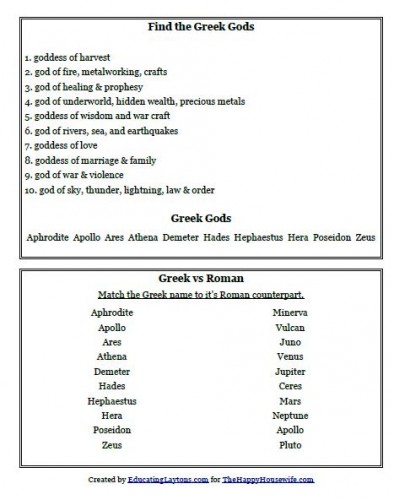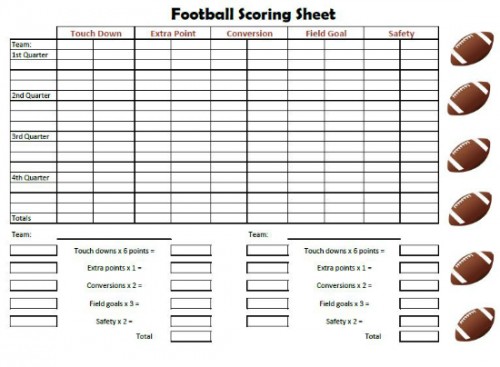By contributing writer Marci
Spring is an exciting time of year. The days are getting longer and warmer. The grass is getting greener. The flowers are blooming. It’s such a welcome change from the cold and snow of winter for many of us.
Spring is an exciting time of the year for science, as well. There is so much happening outside. You could spend every day studying something new. Here are a few spring science ideas to get you started.
Spring Equinox
The vernal equinox marks the first day of spring in the northern hemisphere. On this day there are exactly 12 hours of daylight and 12 hours of darkness. Research why this occurs only twice per year.
Flowers
Nothing says spring like flowers. Research what blooms first in your area. Study their form and function. Flowers make a great, non-gross dissection project.
Rain
Spring flowers need those spring rains. Study the water cycle and why springtime tends to be the wettest time of the year. You can even set up a rain gauge or weather station and record your data. Keep recording into summer. Compare your rainfall totals and temperatures month to month.
Seeds
Spring is planting time. Start a garden of your own from seed. Take a field trip to a local nursery to find out what seeds grow best in your area. They can also tell you when and where to plant your seeds. You might need to start the seeds indoors first if it is too early in the season or too cold to plant them outside.
Bird Nests
Watch the birds in your yard carefully. In the springtime, you’ll see them not only foraging for food, but looking for nest materials. Some birds gather twigs while others gather string or grass. Do some research into what types of nests the birds in your yard build.
Do you have any other spring science ideas?


























